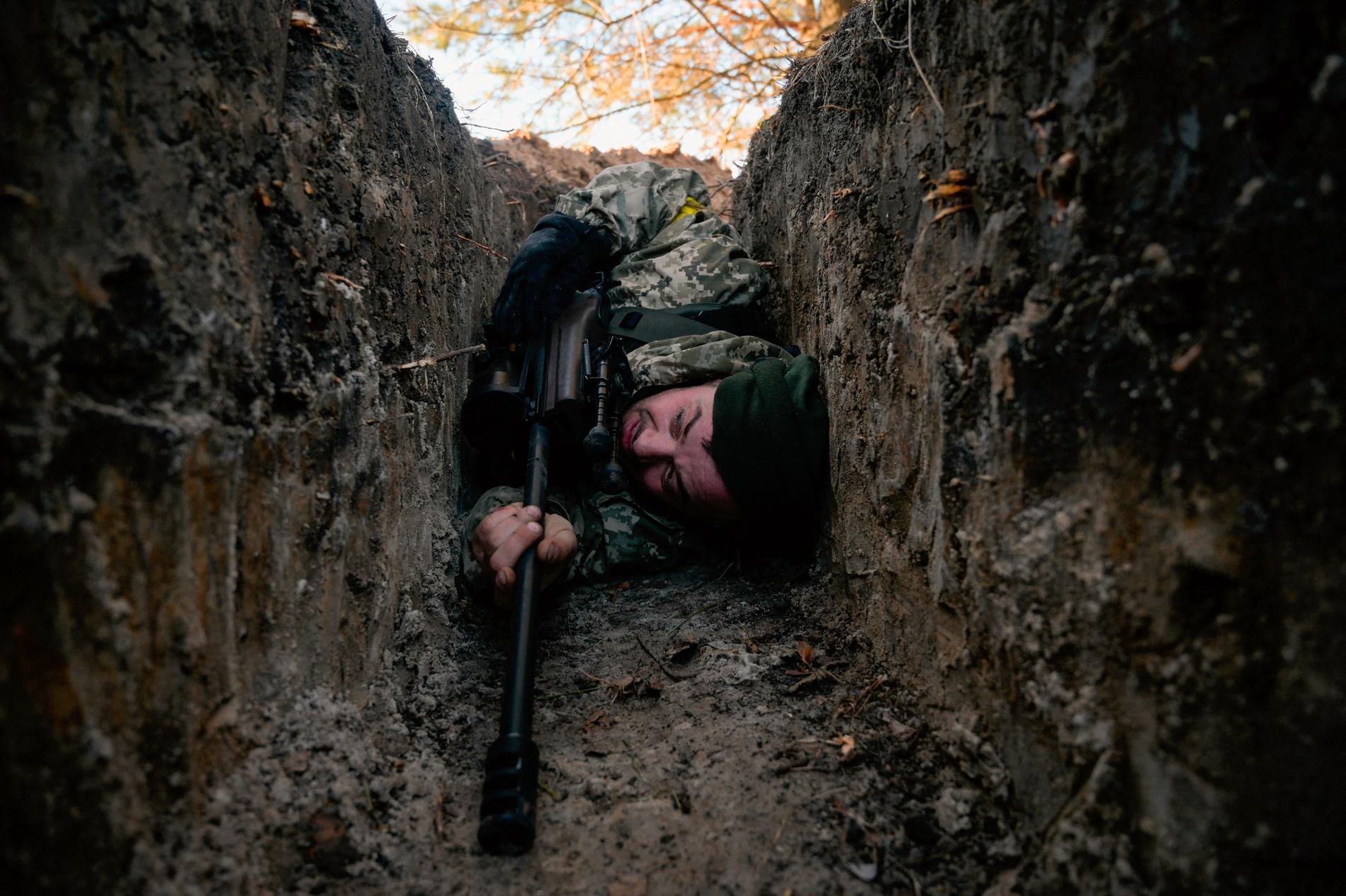The article was published in association with Energy and climate.
Now come the naked numbers of the energy crisis in Europe, which show the number of people affected. In 2021 – before the energy crisis emerged – it was estimated that 6.9% of EU citizens lived in so-called energy poverty. This meant that they could not afford to heat their homes or cook hot food. This number rose to 9.3% during the energy crisis, or more than 40 million people. The European Commission writes this in a document (recommendation) Which was announced on Monday.
The committee points out that the poor are not the only ones who face problems in paying electricity and gas bills. Families with children, the elderly and single parents were the most affected.
The crisis hit hard
Energy poverty also affects the EU differently. Only 1.4% of the population in Finland suffers from energy poverty, while this figure reaches 22.5% in Bulgaria, followed by Portugal, Greece and Lithuania. Appears in A Background document Which was also presented by the committee on Monday.
On average for the entire EU, household energy spending rose by 34% from 2019 to 2022. In Estonia, Belgium, Cyprus, Greece, the Netherlands and Lithuania, household energy spending rose by more than average.
The committee stresses the importance of the green transition having a social character. The document now presented summarizes the measures taken by the Commission, but also indicates the responsibility of Member States to help the poorest people.
Better build quality
One of the measures emphasized in the document is improving the energy efficiency of buildings. This is legislation that has proven difficult to achieve. The reason is precisely that too stringent requirements here will impose increased costs on vulnerable groups. The committee points out that the most economically disadvantaged people are often the ones who live in the worst apartments or houses. For this reason, the European Union decided to establish a Social Climate Fund, to which Norway has expressed its willingness to contribute. Norway’s contribution to the emissions quotas will be an estimated NOK 5.5 billion, which will be sold as income to the fund. It can be used specifically to improve buildings for the poor, as well as other climate measures.
The EU is now taking a step to move from crisis measures to long-term measures to ensure that households have energy-efficient buildings, which will help everyone and drive Europe’s cleaner transition, EU Energy Commissioner Kadri Simson says in a commentary. Energy to move forward.
The EU Member States (Council) and the European Parliament conduct final negotiations on electricity market reform. The aim of the reform, among other things, is to protect consumers from the worst price fluctuations.
Is the crisis over?
The European Union is in a much better position to deal with the coming winter. Gas tanks are full. Gas prices, which led to higher electricity prices, fell to the pre-war level in Ukraine. On the Dutch gas exchange TTF, the price is now €50/MWh. Its highest level was more than 300 euros last year.
But even if the situation returns to normal, electricity prices will be high in Europe, including Norway. NVE recently made projections showing that electricity prices will be twice as high as we’re used to through 2030.
The European Union has implemented a number of savings measures and increased efforts to develop renewable energy. This, along with large imports of liquefied natural gas from the United States and the Middle East, has replaced Russian gas. But both the European Commission and many member states believe they must maintain support plans for the most vulnerable, although many are halting more generous plans implemented in 2022.

“Web specialist. Lifelong zombie maven. Coffee ninja. Hipster-friendly analyst.”



